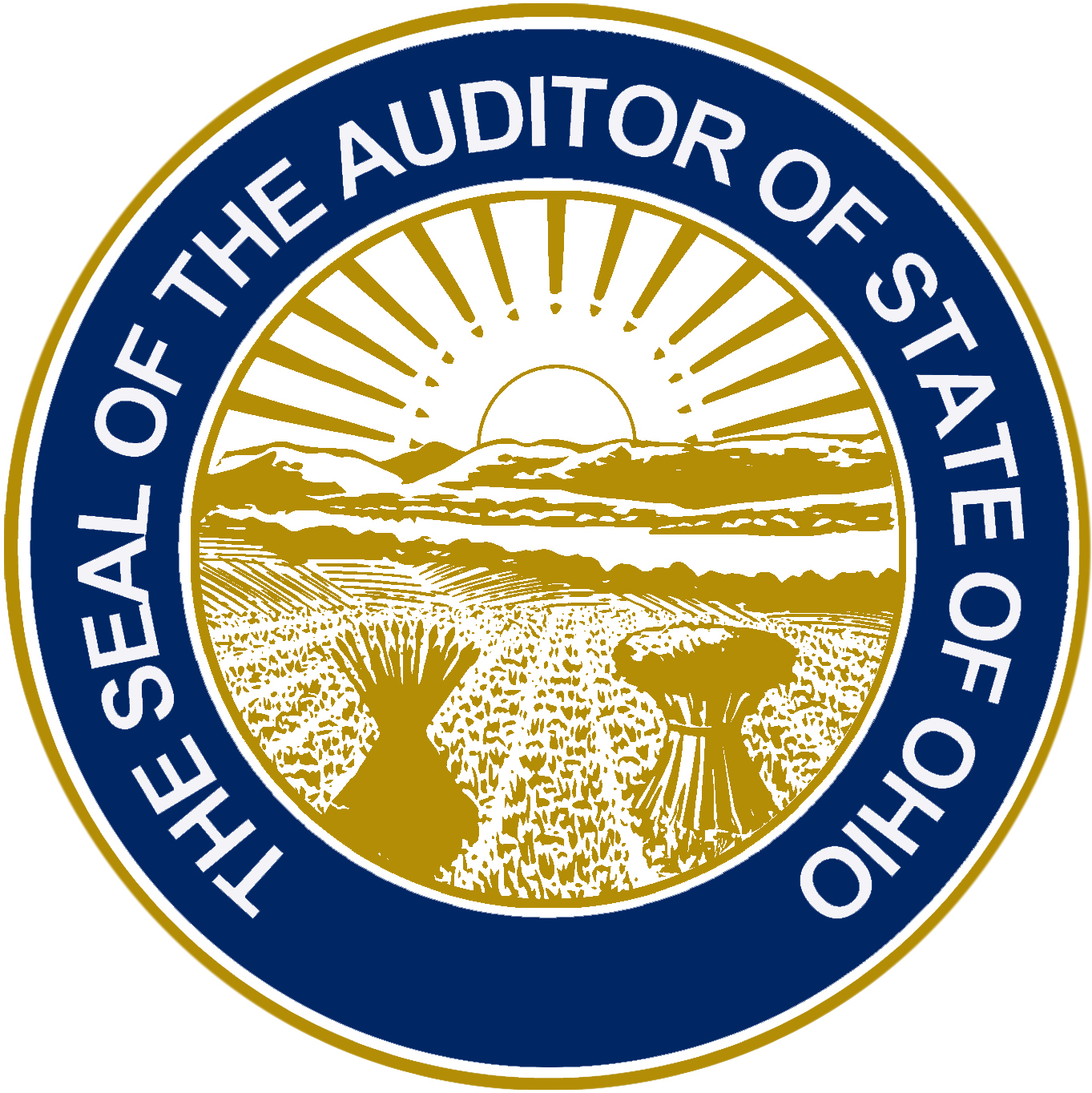
Press Release • Ohio Auditor of State
Ohio Department of Natural Resources Performance Audit
Interim Report Part Three: Capital Investment, Planning and Budgeting
Columbus – Strategic investments into cabins and campgrounds within Ohio’s state parks could generate more than $3.3 million in average annual returns and $3.8 million in one-time cost avoidance, according to an interim performance audit report of the Ohio Department of Natural Resources (ODNR) released today by Auditor of State Dave Yost.
The total potential gain of $61,558,365 would be realized over a 45-year useful life as determined by state policy. This financial gain is represented in today’s dollars and calculated by taking the annual gains over 45 years and discounting them to the current dollar value.
“Smarter planning and capital investment works just as well in the woods as it does in the city,” Auditor Yost said. “Ohio has an opportunity to enhance the outdoor experience in our beautiful state parks for many years to come.”
“We at ODNR appreciate the growing desire among Ohioans to have the opportunity to enjoy the state's amazing open spaces and we are eager to provide them with the facilities that will enhance their experience while they are there,” said ODNR Director Jim Zehringer. “The Governor’s budget recognizes the value of Ohio's great outdoors and has put forth a significant investment with $88.5 million for upgrades at Ohio State Parks that will improve lodging, campgrounds and all around visitor experience for many years to come.”
Cabins
Auditors conducted a profitability analysis on 292 of ODNR’s cabins and determined that renovating 189 cabins would create an average annual gain of $2,403,367 for 45 years. The analysis also found that divesting 29 cabins with operating losses would create a one-time cost avoidance of $3,830,900 and an average annual cost savings of $44,469.
The agency manages cabins within eight state parks, generating annual revenue of $3.4 million. Although cabins have maintained relatively high operating performance, most are advanced in age beyond their original estimated useful life of 45 years. The average age of a state cabin is 50.5 years.
Campgrounds
An increased demand for full hook-up campsites led auditors to perform a cost-benefit analysis for upgrading electric campsites. The results showed ODNR could convert 215 electric campsites into full hook-up campsites, producing an average annual gain of $894,065 for an estimated useful life of 30 years. Pre-audit discussions with ODNR raised concerns that the state’s aged cabin inventory and an insufficient number of full hook-up campsites may no longer meet the demands of potential campers. Auditors examined operational data and determined how the agency could meet these demands and increase value.
Today’s interim report is the third section released from an agency-wide performance audit of the Ohio Department of Natural Resources. A full copy of this report may be accessed online.
###
The Auditor of State’s office, one of five independently elected statewide offices in Ohio, is responsible for auditing more than 5,800 state and local government agencies. Under the direction of Auditor Dave Yost, the office also provides financial services to local governments, investigates and prevents fraud in public agencies and promotes transparency in government.
Contact:
Brittany Halpin
Press Secretary
614-644-1111